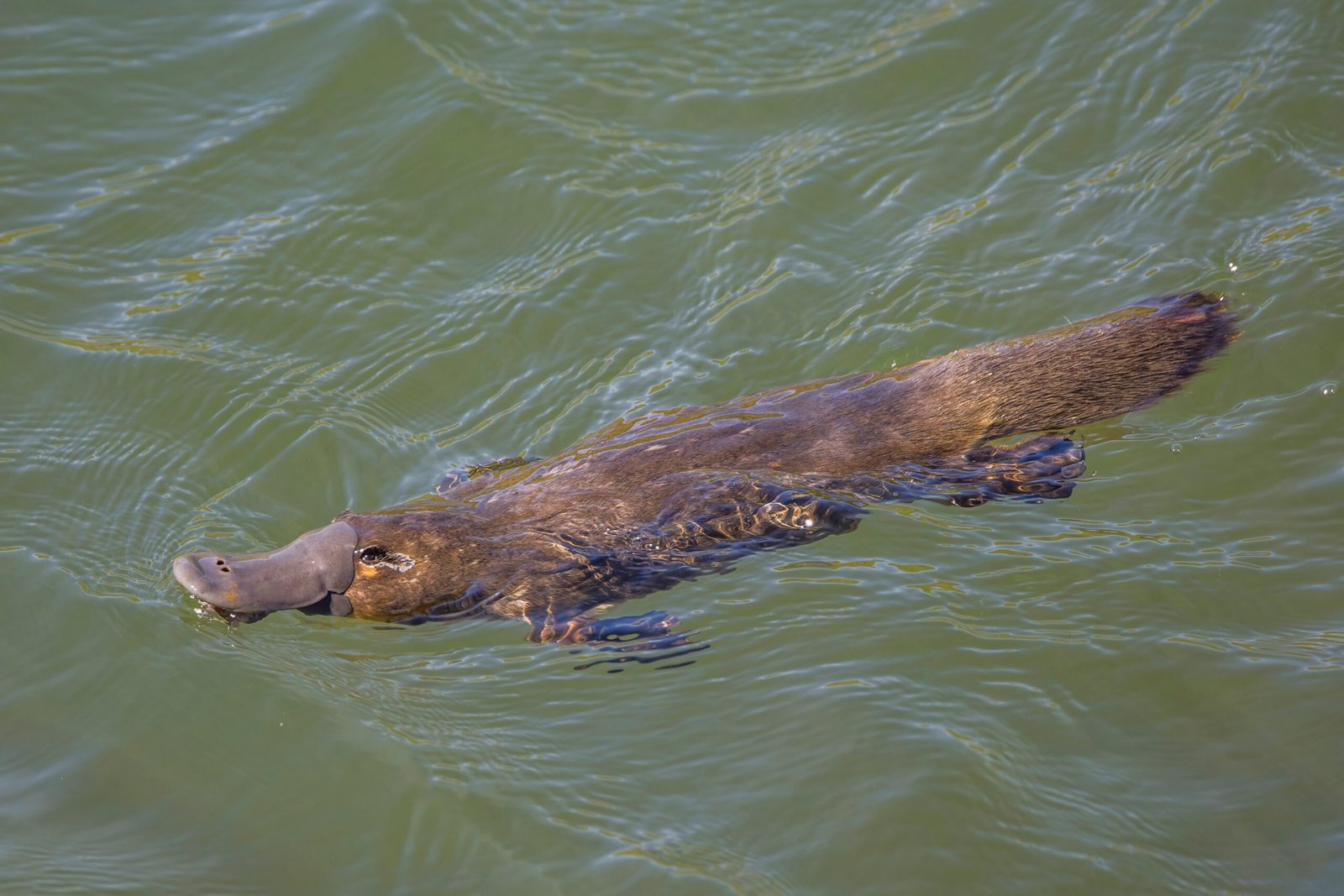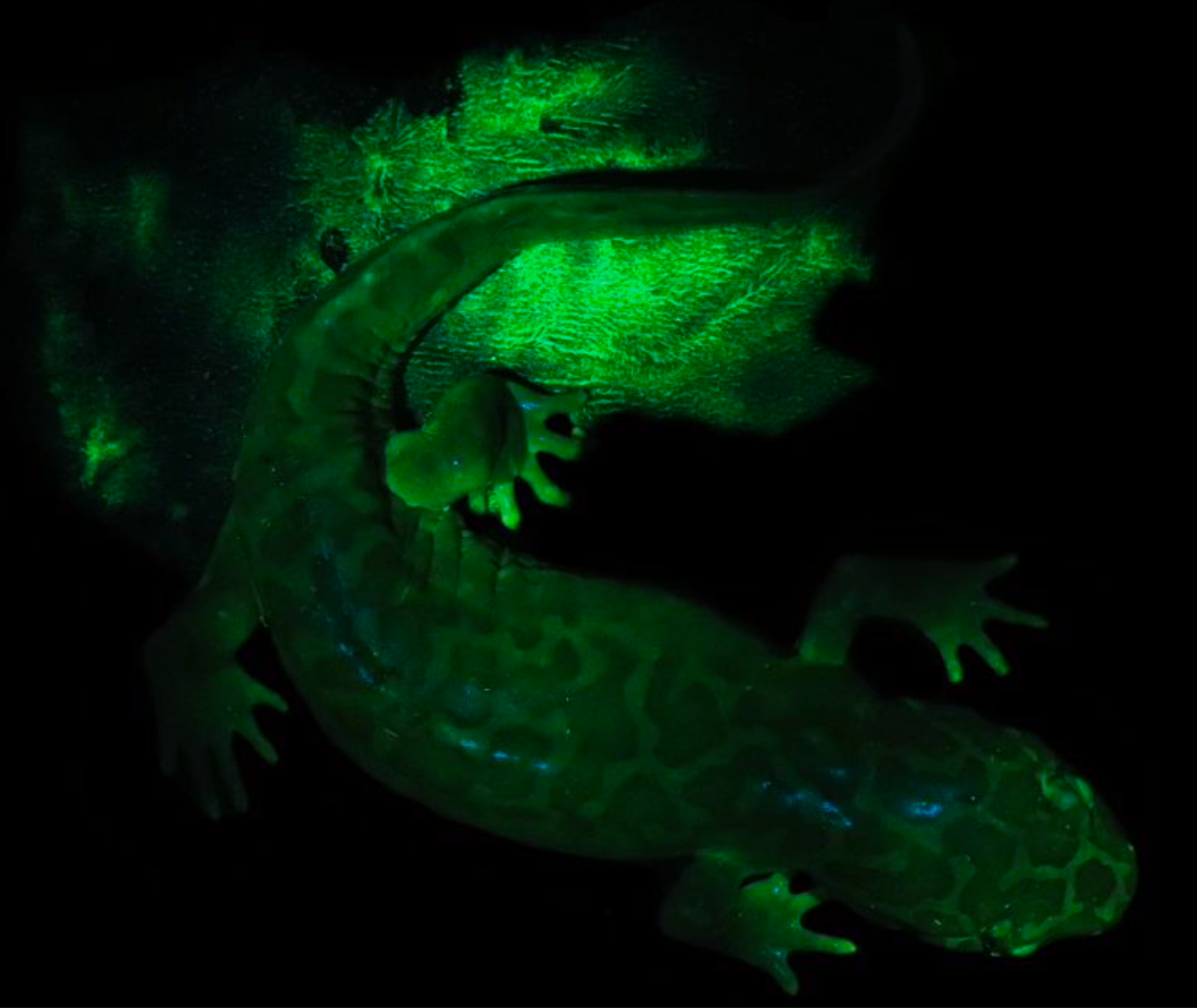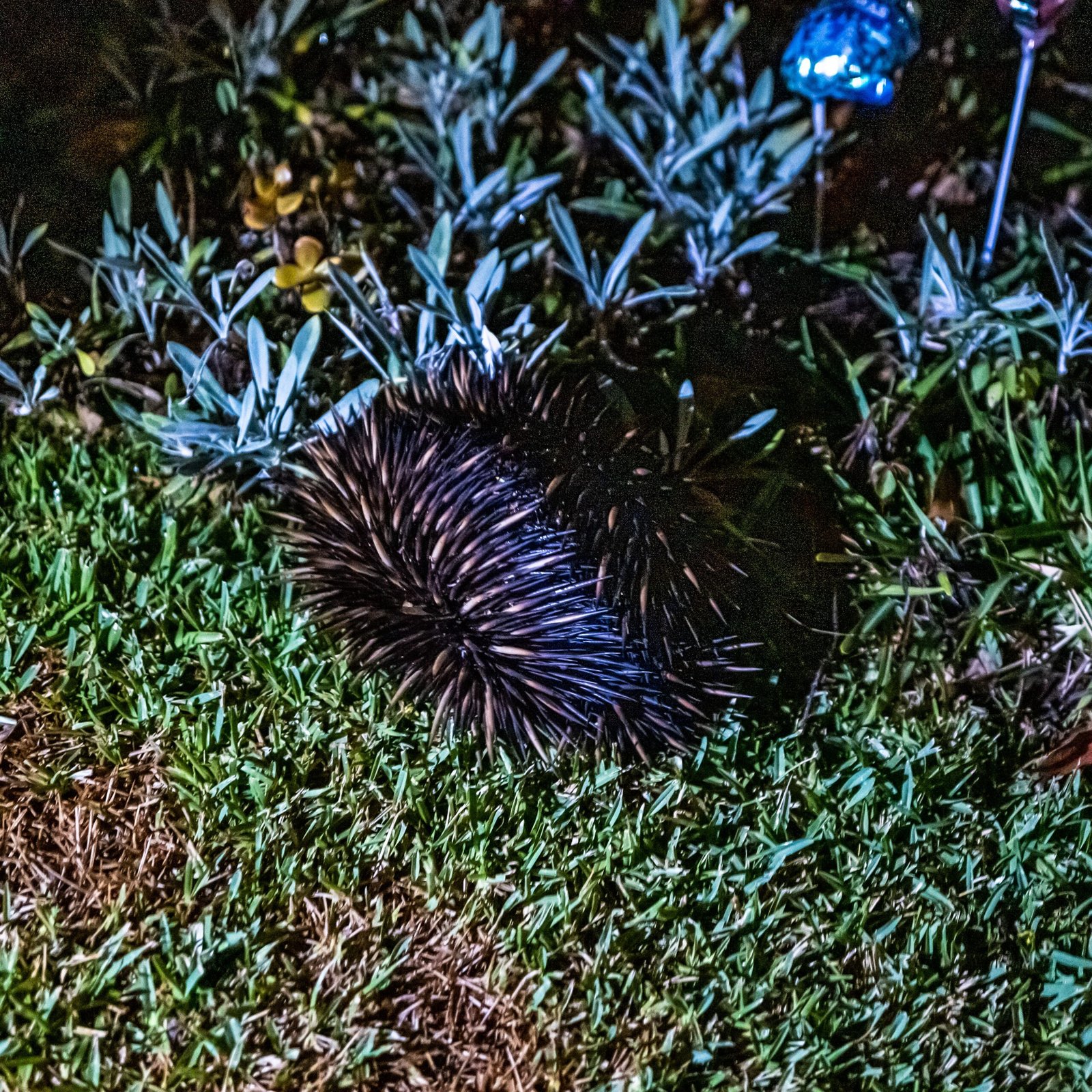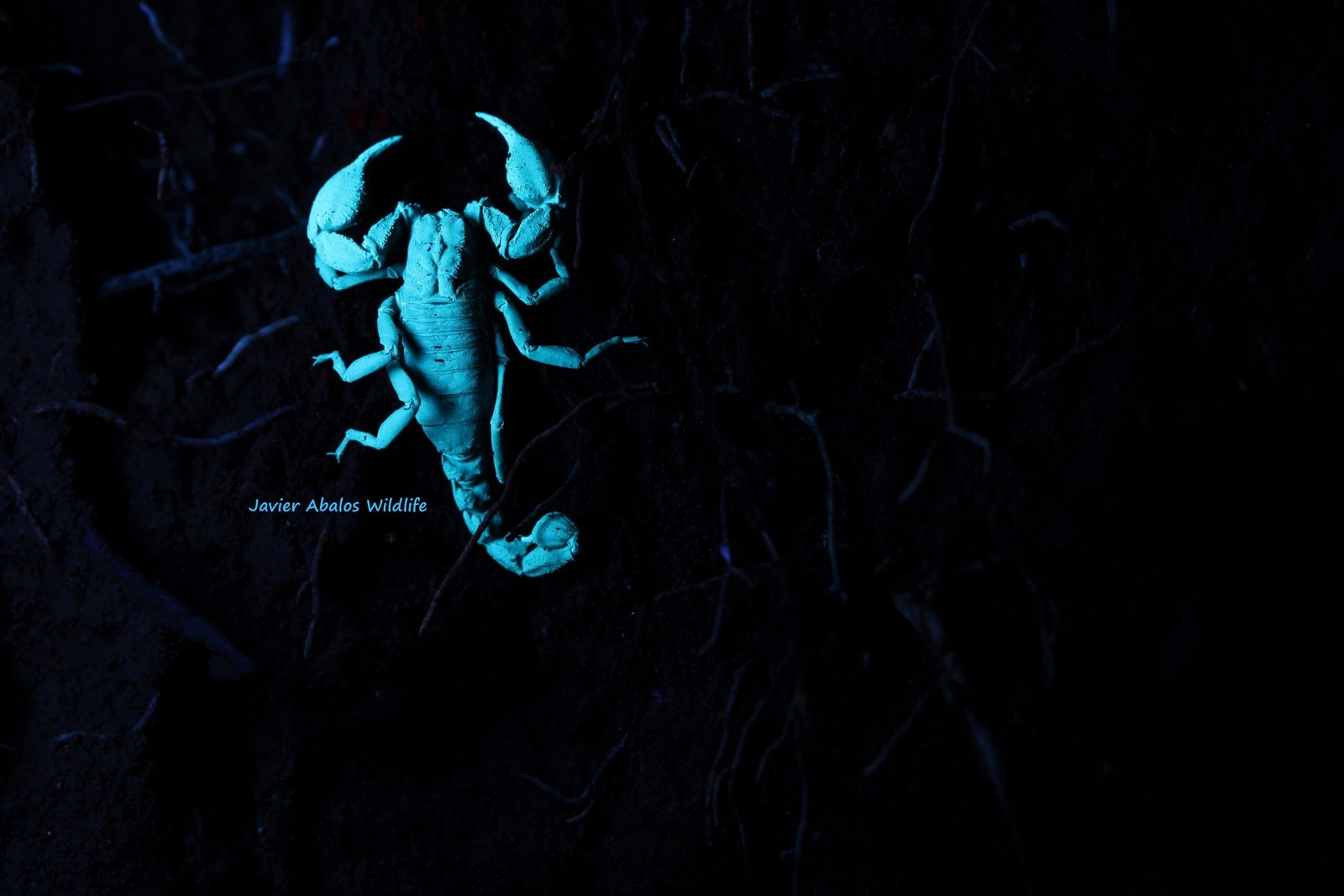Imagine wandering through the moonlit forests of Australia, flashlight in hand, when suddenly, you catch a glimpse of a creature glowing a ghostly blue-green under the beam. No, it’s not a scene from a science fiction movie—it’s the real-life marvel of the platypus, a mammal so bizarre it once baffled the world’s greatest scientists. The platypus is famous for its duck-like bill, webbed feet, and egg-laying habits, but perhaps its strangest secret is only revealed under ultraviolet (UV) light: it glows. This astonishing fact has left researchers and nature lovers alike both delighted and mystified, sparking fresh questions about the hidden lives of Earth’s most curious animals.
The Platypus: Nature’s Living Paradox

The platypus is often described as a living puzzle, combining features from birds, reptiles, and mammals. Its appearance alone has fueled wild theories and disbelief ever since Europeans first encountered it. With a bill like a duck, a tail like a beaver, and feet like an otter, the platypus seems to defy the logic of nature’s design. This unique mammal lays eggs, yet nurses its young with milk, a contradiction that challenges our understanding of what mammals are supposed to be. The platypus lives in freshwater rivers and streams across eastern Australia and Tasmania, quietly going about its nightly routines while remaining hidden from most human eyes.
The Surprise of Biofluorescence
In an almost magical twist, scientists discovered in recent years that the platypus possesses a hidden superpower: its fur glows under UV light. When illuminated with UV, the platypus’s brown coat shines with a blue-green hue, a phenomenon known as biofluorescence. This discovery shocked researchers, who had never expected biofluorescence in such a mammal. The revelation came during routine studies of museum specimens, proving that sometimes, the most extraordinary discoveries are hiding in plain sight.
How Biofluorescence Works

Biofluorescence is not the same thing as bioluminescence, which involves organisms producing their own light. Instead, biofluorescent creatures absorb UV light and re-emit it at a different, visible wavelength, creating a glowing effect. In the platypus, this glow is primarily blue-green, and it’s visible on both live animals and preserved pelts. Scientists think certain molecules in the fur are responsible, but the exact chemistry remains a subject of ongoing research. This glowing effect is a reminder that the natural world is full of secrets waiting to be discovered.
Other Mammals With a Glow

The platypus isn’t alone in its glowing abilities. After the discovery in platypuses, researchers began to check other mammals for similar traits. To their amazement, they found that some species of opossum, flying squirrels, and even echidnas also display biofluorescence. This suggests that glowing under UV light might be more common among mammals than previously thought. Each discovery adds a piece to the puzzle, raising fascinating questions about how and why these animals developed such unusual traits.
Why Does the Platypus Glow?
The question of why the platypus glows remains a captivating mystery. Scientists have proposed several theories, though none have been proven yet. One idea is that biofluorescence could help platypuses hide from predators by blending in with the underwater environment, where UV light penetrates. Another theory suggests it could assist in communication between individuals, especially since platypuses are mainly active at dawn, dusk, and nighttime when UV light is present. Still, some researchers wonder if the glow is simply a byproduct of the animal’s unique fur chemistry, with no specific evolutionary function at all.
Platypus Adaptations: More Than Just Glowing Fur
Beyond its glowing coat, the platypus is equipped with a suite of remarkable adaptations. Its bill is packed with electroreceptors, allowing it to sense the faint electric fields produced by the movements of prey underwater. Unlike most mammals, the platypus closes its eyes, ears, and nostrils when diving, relying entirely on touch and electroreception to hunt. Its dense fur keeps it warm in chilly streams, and its webbed feet make it an agile swimmer. These adaptations, combined with its glowing fur, make the platypus a true marvel of evolution.
The Role of UV Vision in the Animal Kingdom

Many animals, from insects to birds, can see ultraviolet light, a spectrum invisible to humans. Some fish and reptiles also possess UV-sensitive vision, which helps them find food, mates, or avoid predators. It’s possible that the platypus’s biofluorescence interacts with the visual systems of other animals in its environment, though this idea needs further study. The possibility that platypuses are signaling to each other or hiding from UV-sensitive predators adds an exciting layer to their secretive lives.
Platypus in Indigenous Australian Culture

For thousands of years, the platypus has held a special place in the cultures of Australia’s First Nations peoples. Known by various names in different languages, the platypus is often featured in stories that explain natural phenomena and teach life lessons. Its secretive habits and unusual appearance have made it a symbol of uniqueness and mystery. The recent discovery of its glowing fur only deepens its significance, adding another layer to its already rich cultural legacy.
Modern Research and Conservation
Today, scientists are racing to learn more about the platypus, especially as it faces threats from habitat loss, pollution, and climate change. The newfound knowledge about its biofluorescence has sparked a wave of research, with teams investigating its genetics, physiology, and behavior in greater detail than ever before. Conservation groups are working to protect the rivers and streams where platypuses thrive, recognizing that every new discovery makes the case for their preservation even stronger.
Unanswered Questions and Future Discoveries
Despite all we know, the platypus continues to hold tight to many of its secrets. Researchers are only just beginning to understand the full implications of its glowing fur. Could there be other, even stranger adaptations waiting to be found? The platypus challenges us to look closer at the world around us, to question what we think we know about evolution and adaptation. Its story is a vivid reminder that nature is full of wonders, both seen and unseen.
The next time you find yourself wondering what marvels the animal kingdom might still be hiding, remember the platypus—a creature that not only defies our expectations but glows with the promise of discovery.




